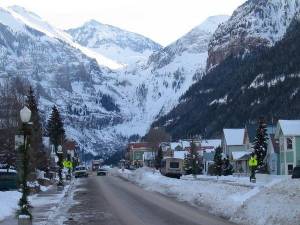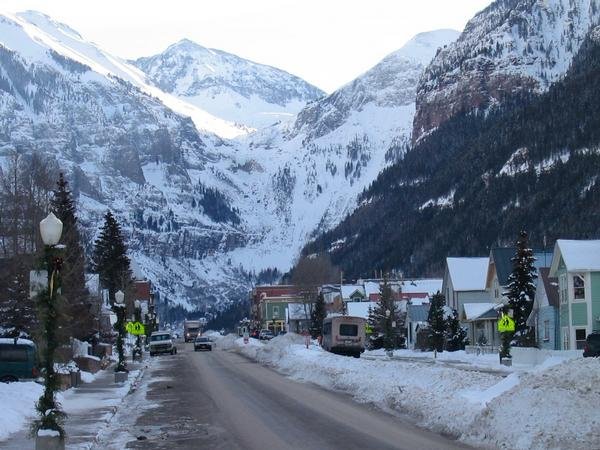Denver, CO – Snowstorms that finally materialized in mid-to late December contributed to a partial rebound in occupancy during December and also created a significant boost for advance reservations for the remainder of the ski season at resorts across the western U.S., according to a report issued this week by the Mountain Travel Research Program (MTRiP).
Despite the eleventh hour arrival of snow, participating mountain resorts posted an aggregated 7.9 percent decline in actual occupancy for the month of December at the 260 property management companies in 16 ski resort communities across Colorado, Utah, California and Oregon sampled by MTRiP, representing 24,000 guest units. Even with decreased occupancy, the Average Daily Rate (ADR) ticked up for the 19th consecutive month—posting an average 2.6 percent increase compared to December 2011.

“What a difference a month makes,” says Ralf Garrison, director of MTRiP. “Mother Nature finally delivered some much needed snow from coast to coast just in time for the Christmas holidays and the fresh powder really helped fill some December lodging vacancies at ski resorts as well as generating buzz and bookings for January and February.”
Among participating resorts, the booking pace for December was up 10.4 percent compared to last year for arrivals in December through May 2013. The new snow also gave a boost to January bookings with a 3.5 percent increase in on-the-books occupancy as of Dec. 31 and a 7.9 percent increase in the ADR compared to last January. The data for the upcoming six months was also mostly positive with February currently up 8.6 percent and May and June showing slight increases. However, March and April are still running behind 2012.
The monthly briefing also cited economic and political issues influencing mountain travel. The unemployment rate remaining stable at 7.8 percent was described as a positive since 155,000 new jobs were added as expected. The Dow Jones Industrial Average finished the month up 0.6 percent after two declining months and more notably, was 7.3 percent higher than last December. A slight decrease of 0.5 percent in the Consumer Price Index due primarily to lower crude oil prices was also considered timely as it decreased prices at the pump and on some consumer goods—just in time for holiday travel and shopping.
However, the dramatic nine percent drop in Consumer Confidence Index revealed anxiety about the highly publicized fiscal cliff and its impact on household finances. The briefing emphasized that political negotiations on economic issues will be ongoing for some time, leading to sustained uncertainty. Another potential negative was that crude oil prices crept up 1.8 percent during the month although they remain down from a year ago.
“We anticipate that markets will continue to be vulnerable in the coming months as unemployment, consumer confidence, and investor confidence will all be impacted by upcoming budget issues in Washington,” cautioned Tom Foley, operations manager for MTRiP. “Although the national inflation rate remains at a comfortable 1.8 percent, that rate is still higher than current increases in household earnings and when coupled with the payroll tax increase that took effect on Dec. 31, it is uncertain how much impact that will have on consumer retail and travel decisions,” he added.
The briefing concluded by noting that snowfall and decisions in Washington will continue to impact mountain destinations but was cautiously optimistic with the notable bump in bookings for at least the next two months.
“The western resorts are more than making up for last year’s drought, the East is outperforming last season’s hurricane/drought/heat wave, and the Rockies have experienced mixed results but are trending in a positive direction,” said Garrison. “We anticipate that with additional snowfall across all destinations, our ‘second season momentum’ will continue,” he added.

